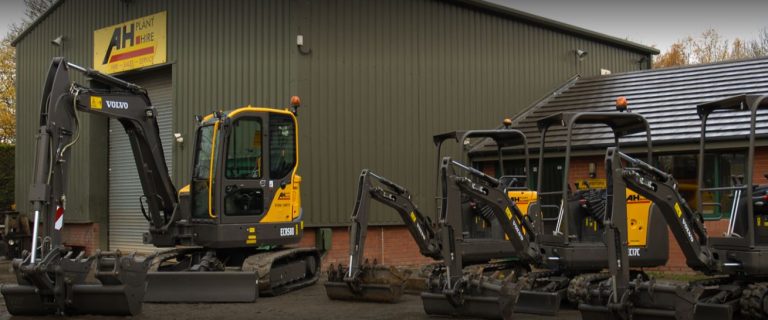Chester-based AH Plant Hire has upgraded its 14-year old Andover Trailers plant body with a 32-tonne 8×2 rear steer Scania G450. The new acquisition joins two other Andover-built plant bodies in service with the company, mounted to a 2010 17-tonne 4×2 Mercedes-Benz Atego and the original 2004 26-tonne 6×2 Scania. “We’ve looked after our original Scania and both the truck and body have been brilliant. We calculated that the vehicle has been loaded and unloaded close to 120,000 times, and it’s still going strong – if that isn’t a testament to the build quality and longevity of Andover’s products, I don’t know what is,” said Andrew Heaton, Director at AH Plant Hire. The new body boasts Andover’s trademark low-profile deck, which sees the cross members transect the body runners, as well as a double crank beavertail connected to a pair of 2.8m long hydraulic power toe, and knife edged ramps. The ramps go alongside a hydraulic winch to aid loading and unloading and 10 pairs of lashing points on the deck for maximum load security and flexibility. The combination of the double crank beavertail and longer ramp length creates a shallower load angle, helping to improve safety when loading and unloading. AH Plant has also decided to include additional lighting under the bed and inside the toolboxes, helping to make operation at night as safe as possible. “The ability to develop a plant body to our specific requirements is what makes Andover stand out from its competitors – that and the fantastic level of customer service we have received from them since day one. It sealed our decision to remain loyal to Andover with this latest order,” said Andrew Heaton. The new vehicle will be on the road six days a week, clocking up close to 75,000 km a year and expected to remain in service for around six years.






